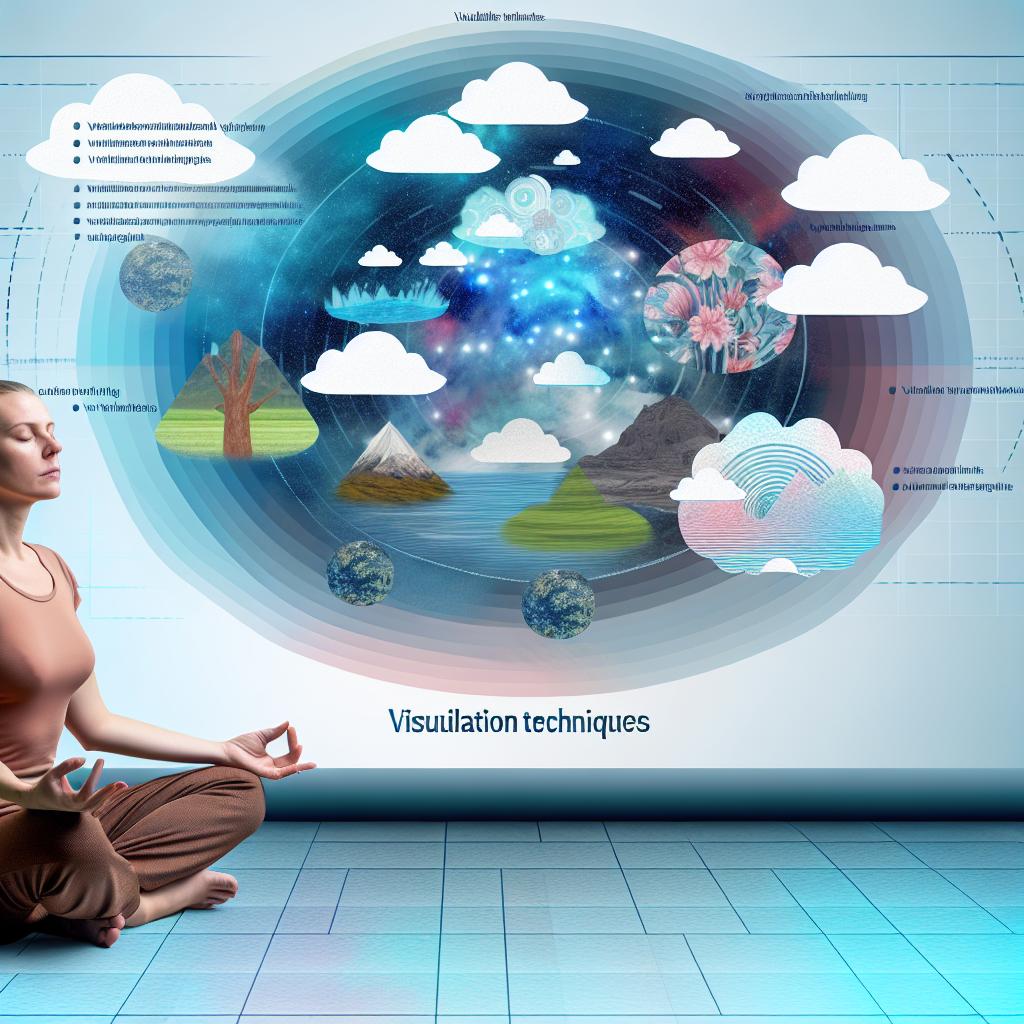How to Use Visualization Techniques in Yoga
Understanding Visualization in Yoga
Visualization in yoga involves using the mind’s imagery to enhance focus, deepen relaxation, and enrich the overall yoga experience. This technique can bolster both physical and mental aspects of your practice by aligning mental imagery with bodily movements and breath.
The Science Behind Visualization
Visualization, or mental imagery, taps into the brain’s ability to simulate experiences. Studies suggest this technique can aid in motor control, attention, perception, planning, and memory, making it a useful tool in physical practices like yoga. When you visualize a posture, the same neural pathways that would be activated by the physical movement are engaged, potentially improving both proficiency and confidence in the practice.
Benefits of Visualization in Yoga
Enhanced Focus and Concentration: Visualization helps in blocking out distractions and improves concentration on the task at hand.
Stress Reduction: Incorporating calming images can lower stress levels and reduce the physical symptoms associated with stress.
Improved Performance: By mentally rehearsing poses, yogis may find improvement in physical execution and alignment.
Implementing Visualization Techniques
To integrate visualization into your yoga practice, start by identifying a specific goal or aspect of your practice you wish to enhance.
Visualization Techniques
Guided Imagery: This involves listening to a guide or following a script that uses descriptive language to lead you through a series of mental images related to your practice. For further reading, consider this guide to guided imagery.
Breath Imagery: As you inhale and exhale, visualize the breath as a wave or a color moving through your body. This can deepen the connection to your breath and enhance relaxation.
Visualization of Poses: Before executing a yoga posture, take a moment to close your eyes and visualize yourself in the pose. Imagine each detail, from muscle engagement to the flow of energy through the pose.
Applying Visualization to Your Routine
Begin each session by setting an intention for your practice. This could be related to achieving a specific pose, focusing on breath, or cultivating a particular emotion.
During the practice, use visualization to imagine the alignment of your body in each pose. Picture the smooth transition between movements, ensuring to align this imagery with your breath.
End your practice with a visualization of your final relaxation pose, typically Savasana, where you imagine every muscle relaxing into the earth, releasing tension and integrating the practice’s benefits.
Challenges and Considerations
While visualization can be a powerful tool, it may not resonate with everyone immediately. It may require practice to build the mental discipline needed to maintain clarity in the images. Some may find it helpful to start with short sessions and gradually increase the duration as they become more comfortable with the process.
For those interested in deepening their approach, consider engaging with mindfulness-based resources. Websites like Mindful.org offer a wealth of information on integrating mindfulness and visualization into wellness practices.
By consistently employing visualization techniques, practitioners can potentially expand the scope of their yoga practice, deepening both its restorative and empowering effects.
